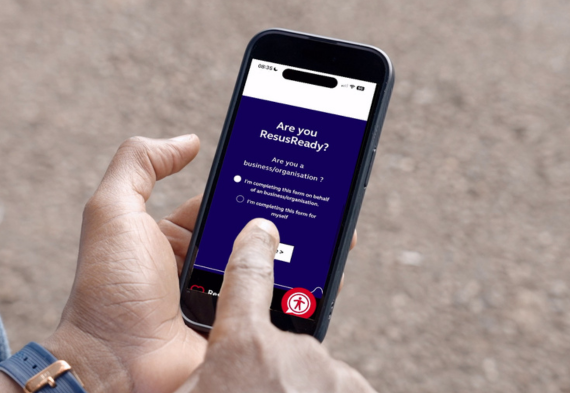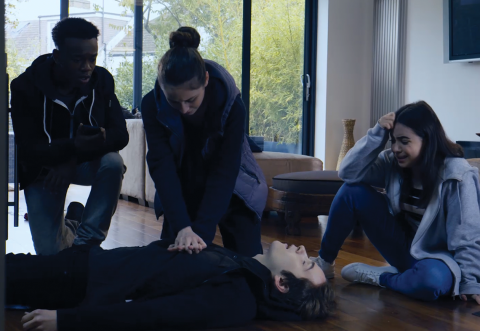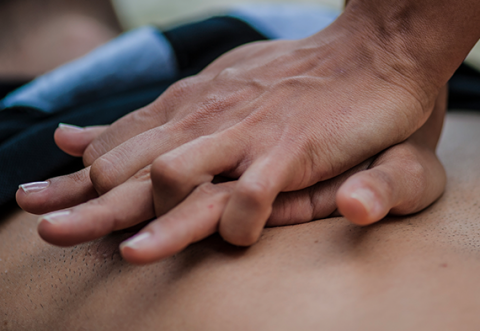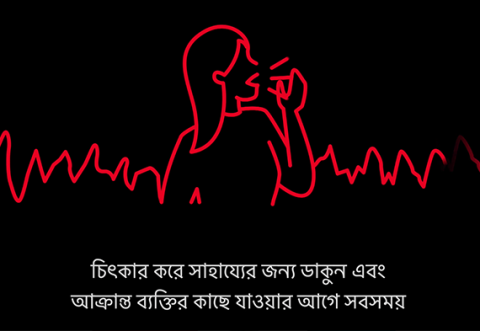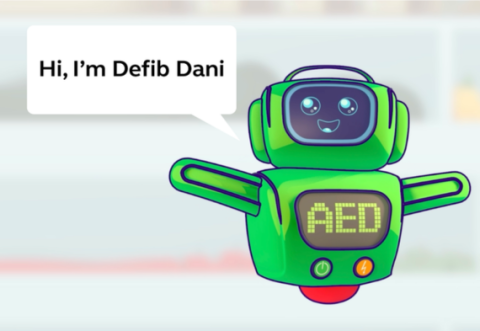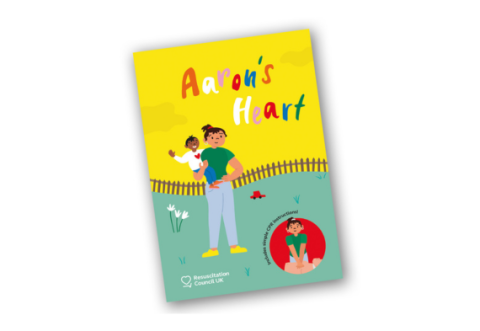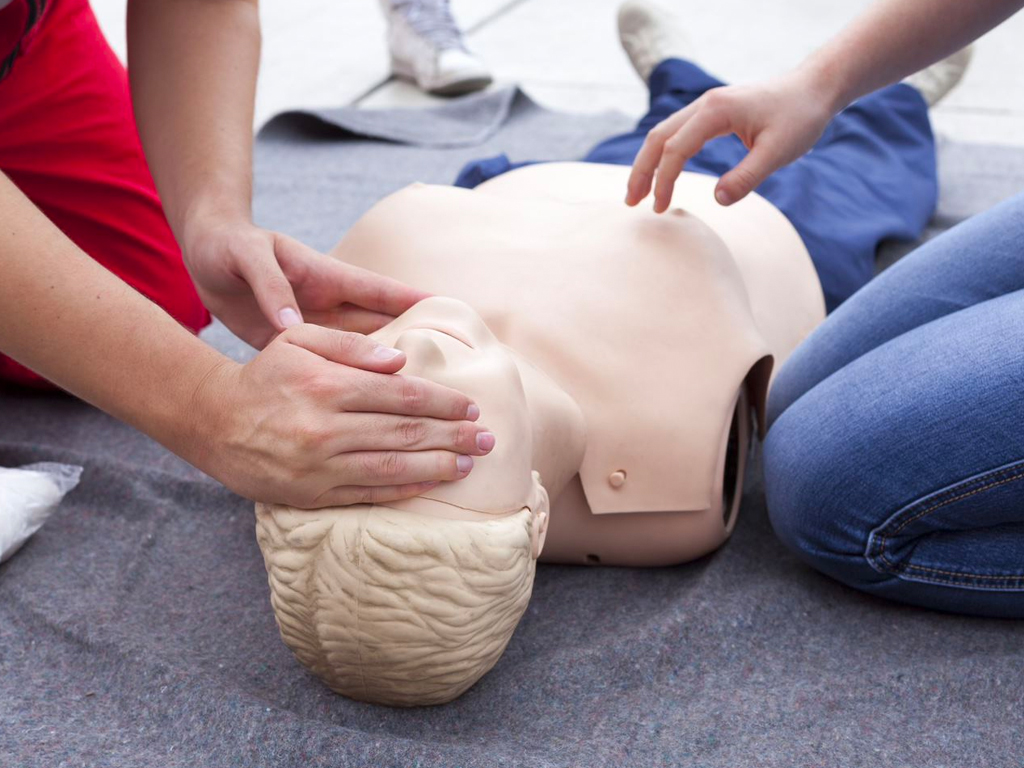
If you see someone has collapsed, their heart may have suddenly stopped beating, and their breathing may be abnormal or has stopped. You need to act fast so they can have the best chance of survival. Without quick action, the person will die.
How to do CPR
To learn how to perform CPR, watch our short animation video below. We also have versions of this animation in a range of language translations.
A step-by-step guide to doing CPR
By developing the skills and confidence to follow these simple steps, you could be a lifesaver in an emergency.
Before you approach the person who has collapsed, check your surroundings for danger.
1. Shout for help
- Shout for help and gently shake the person who has collapsed.
2. Look and listen for signs of normal breathing
- Look for the rise and fall of their chest.
3. Call 999
- Put the phone on loudspeaker and tell them you are with someone who is not breathing.
4. Start chest compressions
- Interlock your fingers
- Place your hands in the centre of the chest
- Push down hard and then release twice per second, and don’t stop
The ambulance call handler will help you.
5. The ambulance call handler will tell you where the nearest automated external defibrillator (AED) is. If someone is with you, ask them to fetch it and bring it back.
- Do not leave the person if you are on your own.
6. If you have a defibrillator, switch it on and follow the instructions
- The defibrillator will tell you exactly what to do. Visit our defibrillator page for more information about defibrillators.
7. Continue CPR
Continue giving CPR until:
- the AED asks you to pause while it reanalyses and gives another shock if needed
- a paramedic arrives and tells you what to do
- the person shows signs of life.
